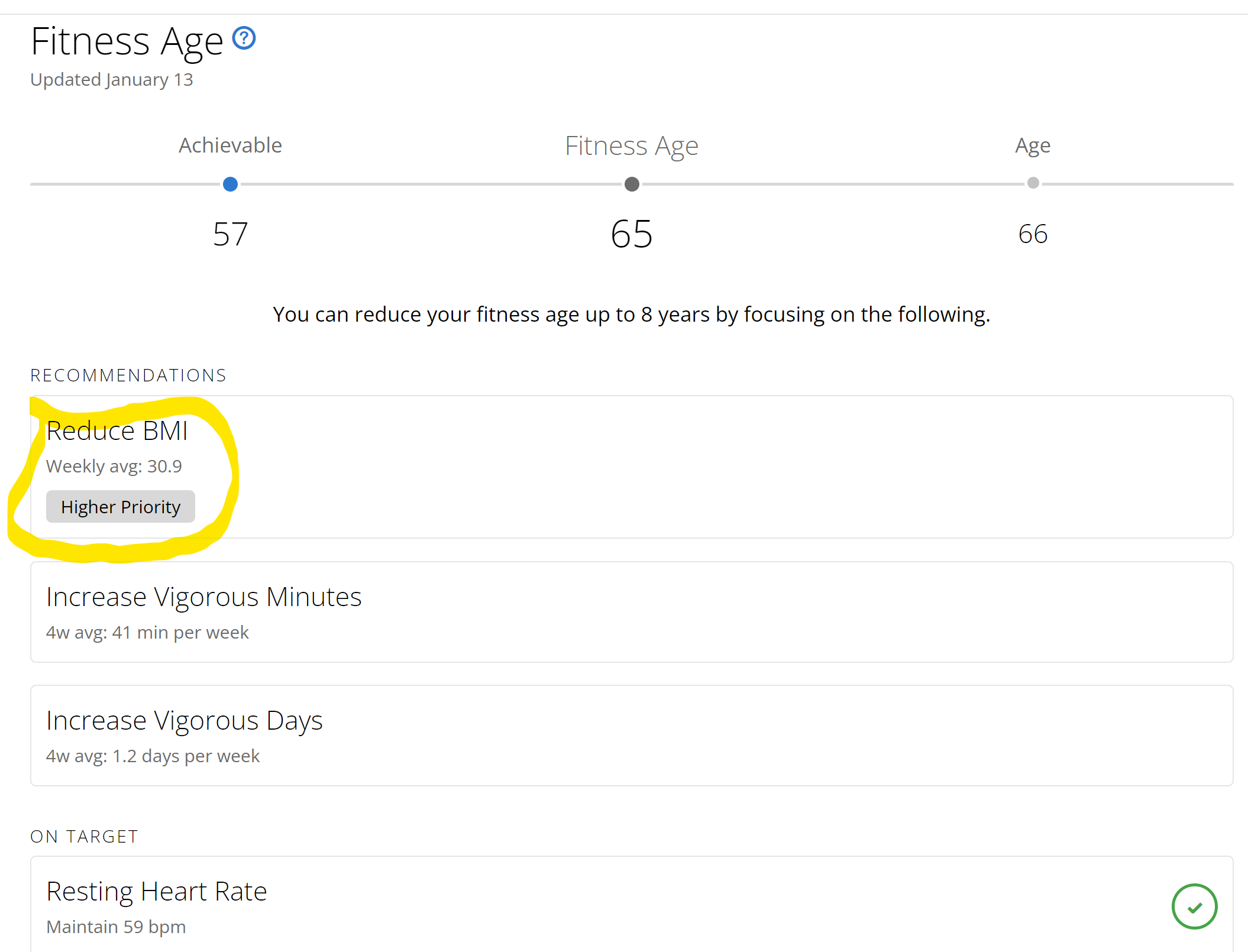I am a 66 year old male with a VO2max of 30. According to Firstbeat, I am average...

According to Garmin, I am poor...

My fenix 7x SS says poor.
Shouldn't Garmin have changed this after they started using Firstbeat?
Or do they NOT use Firstbeat for this metric?




